This is a collaborative work between my friend, Saturn Ark and myself in which evidence showing possible Horseshoe Crab-type fossils on Mars are presented.
Two HiRISE photographs are analyzed here:
PSP_003663_1775 was taken by NASA’s Mars Reconnaissance Orbiter on 08 May 2007 and is described as ‘Flow Obstructions and Wakes Southeast of Elysium Planitia.’
PSP_007777_1790 was taken by NASA’s Mars Reconnaissance Orbiter on 24 March 2008 and is described as ‘Vent Belonging to the Cerberus Tholi.’
Background
Extract from Dr. J.E. Brandenburg’s (Plasma Physicist) Presentation:
“Mars was apparently Earth-like for most of its history with an ocean and persistent greenhouse … ”
Mars experienced multiple devastating catastrophes:
- “Mars suffered a Chixulube-size impact formed the Lyot Impact Basin and apparently collapsed Mars climate and dried up its oceans … “
- Following an “indeterminate period Mars suffered a bizarre nuclear disaster … “
Reference: Evidence for a Large Anomalous Nuclear Explosions in Mars Past Dr. J.E. Brandenburg
http://spsr.utsi.edu/articles/EvidenceforaLargeAnomalousNuclearExplosionsinMarsPast.pdf

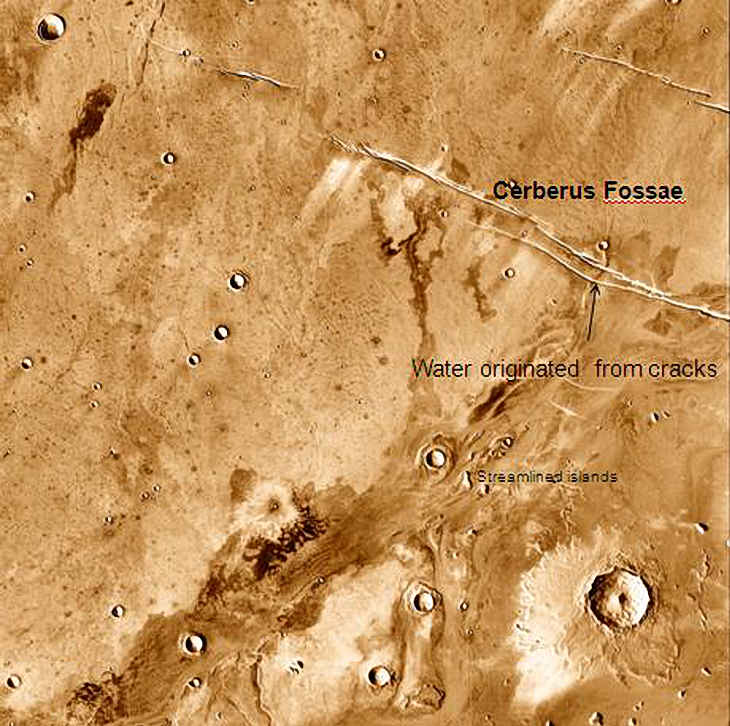
My Hypothesis
- Due to the Earth-like conditions, creatures similar to Horseshoe Crabs lived on Mars. They grew to epic proportions due to the lower gravity.
- Mega flooding occurred with the initial impact in Lyot Impact Basin.
- The oceans and lakes dried up and left mud and water pools scattered about.
- Water based life-forms, like Horseshoe Crab-like creatures seemed to have survived in the mud and surrounding water pools.
- These life-forms appear to have been killed and stopped in their tracks probably due to the nuclear explosion nearby, they then decomposed and fossilized. Only their tracks and fossilized remnants are now seen on Mars.
- Elysium Planitia, the plains where they appear to have lived, is close to the 1st nuclear explosion in Mare Acidalium’s anti-node and just South of the 2nd nuclear explosion in Utopia Planum.
- The mega-flooding and nuclear explosions devastated the Martian surface as seen in all the anomalies/artefacts researchers like myself are discovering.
A Mars context map
The following map shows the section of Mars being analyzed. I think NASA knows about the megalithic block, ruins, structures, water and fossilized creatures I discovered, i.e. both InSight Lander as well as Curiosity Rover are nearby.
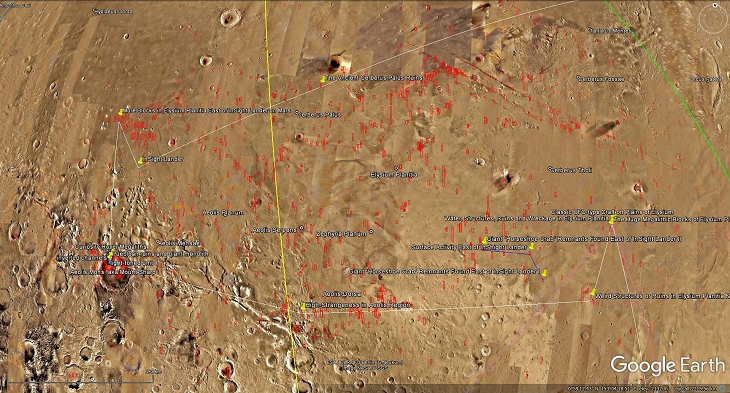
Photographs taken of Horseshoe Carbs on Earth
The following photographs show the track left by Horseshoe Crabs which are similar to those found on Mars, i.e. long straight paths, constant width, depth and small parallel ridges on either side of the tracks.
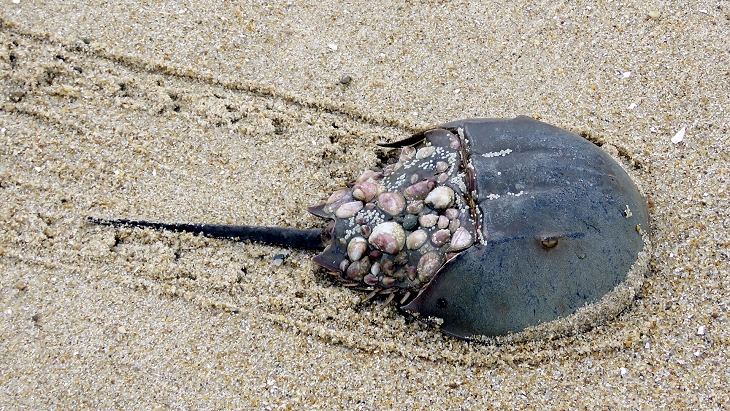
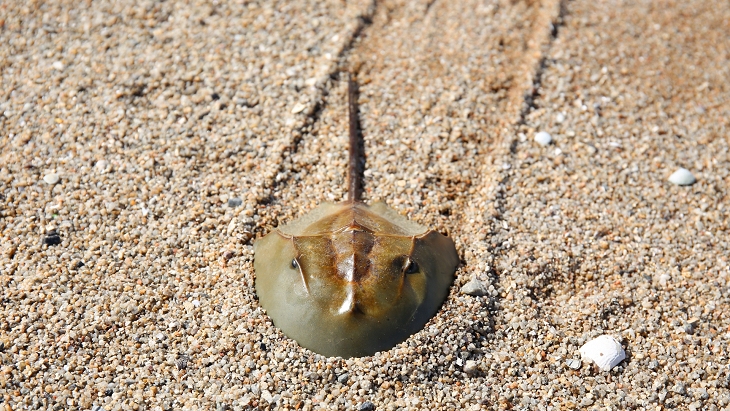
A HiRISE photograph taken of rolling bolder on Mars
Note the boulder track does not look at all like the tracks left by Horseshoe Crabs, i.e. random dot-dash line.
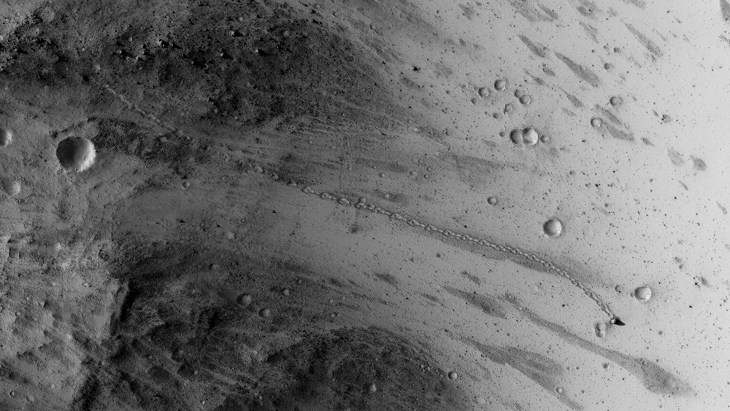
HiRISE photographs: Analysis
PSP_003663_1775 was taken by NASA’s Mars Reconnaissance Orbiter on 08 May 2007 and is described as ‘Flow Obstructions and Wakes Southeast of Elysium Planitia.’
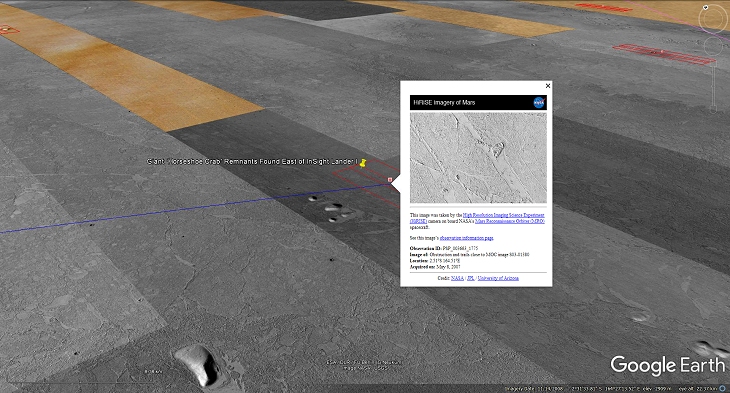
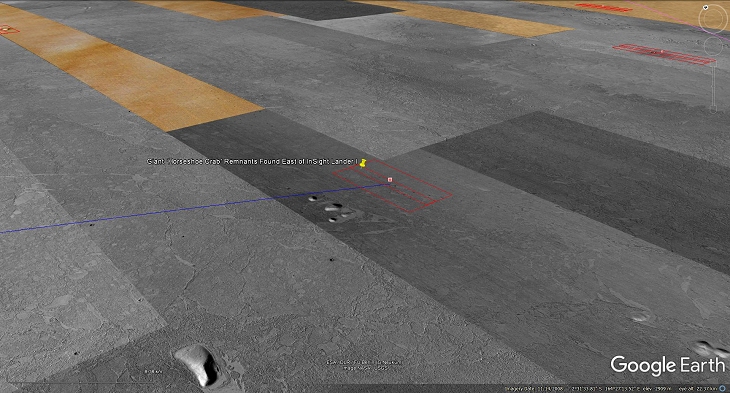
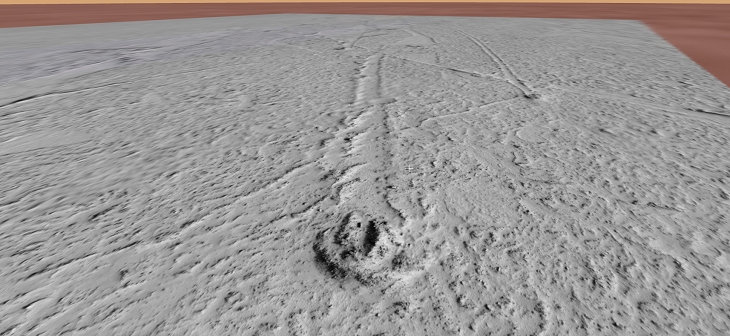
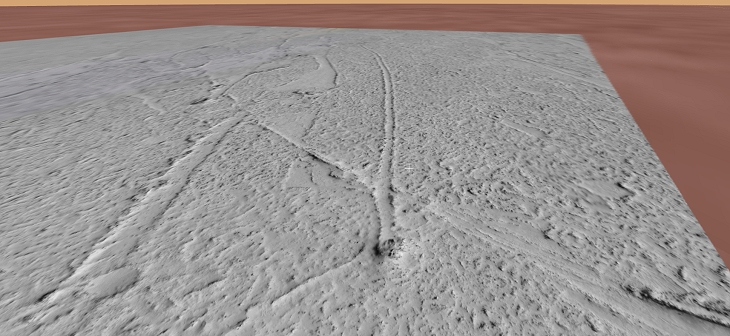

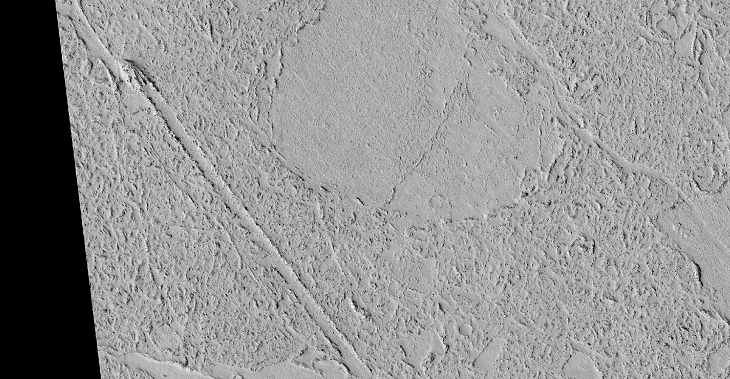
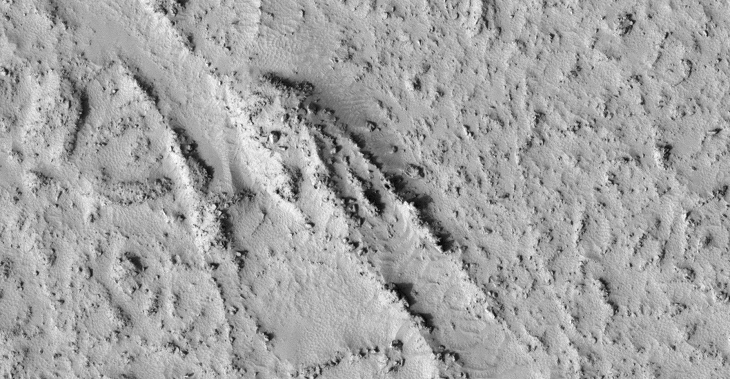
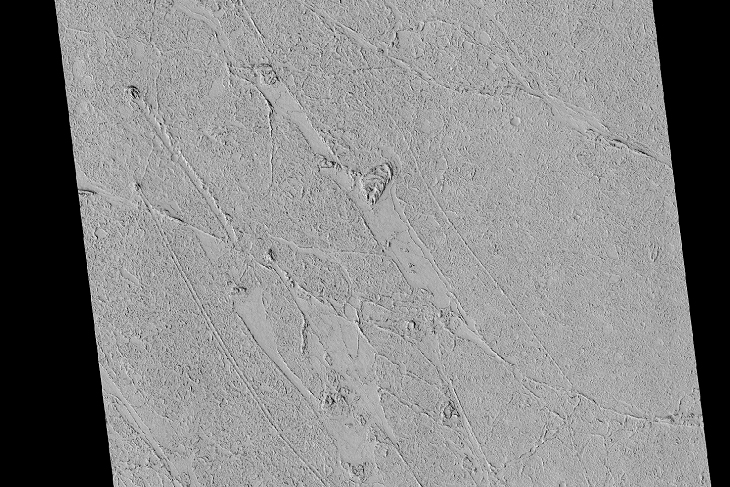
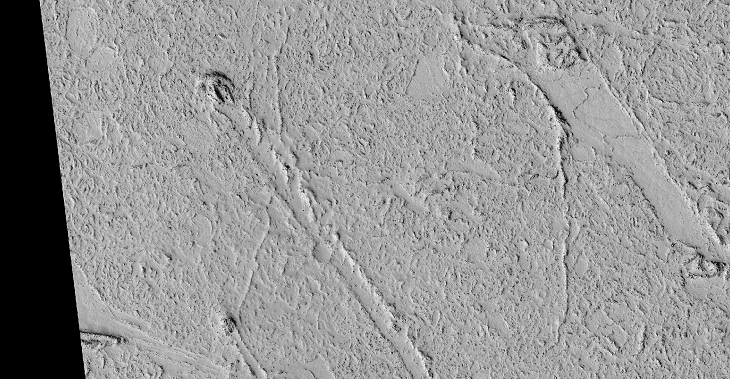
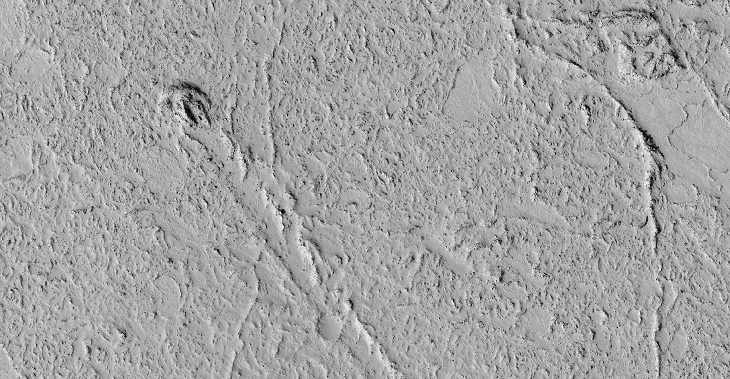

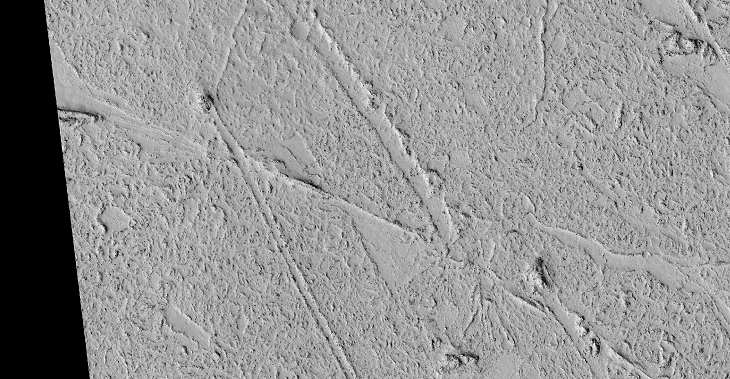
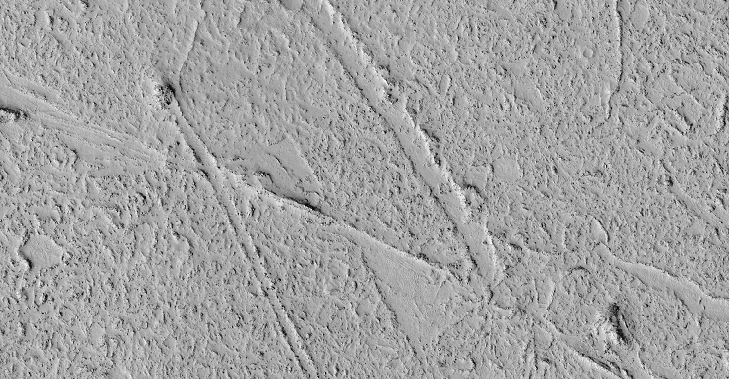
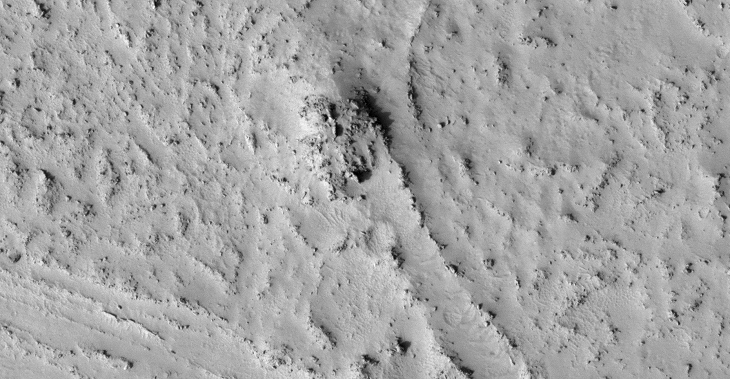
PSP_007777_1790 was taken by NASA’s Mars Reconnaissance Orbiter on 24 March 2008 and is described as ‘Vent Belonging to the Cerberus Tholi.’
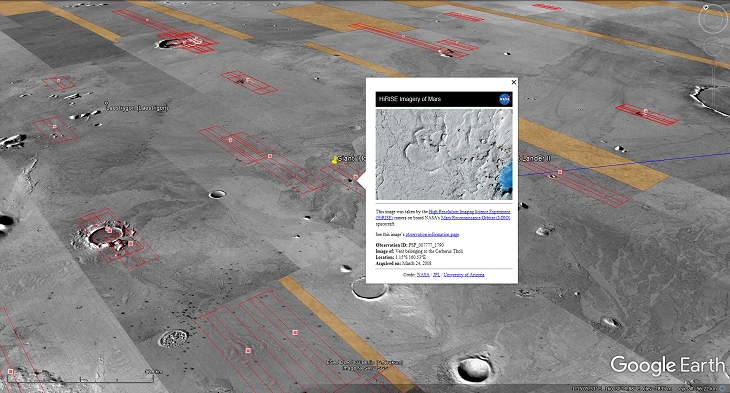
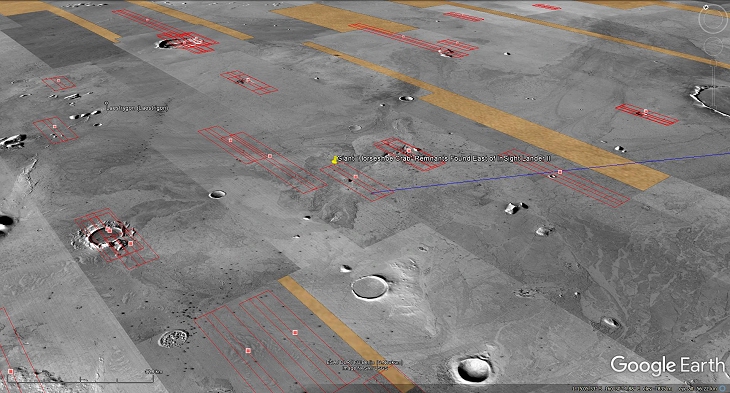
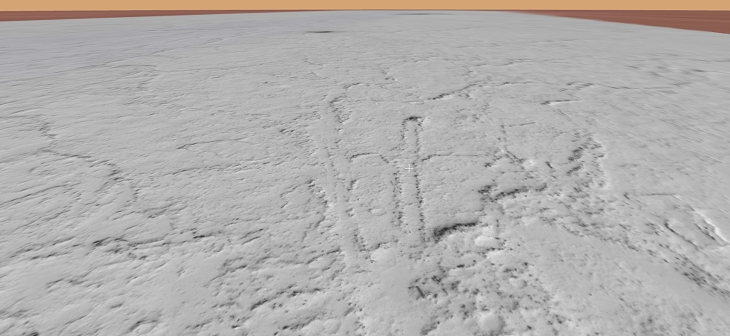
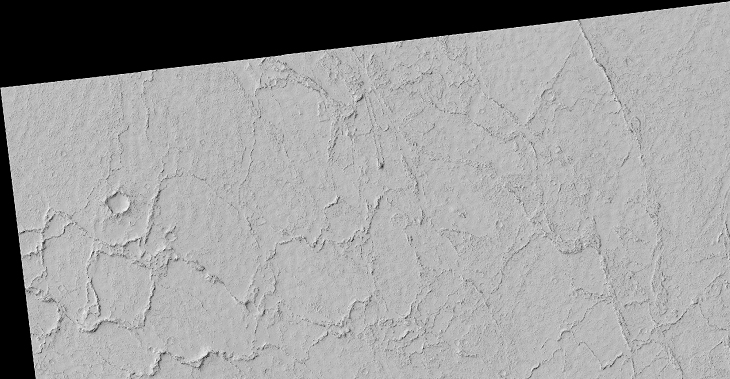

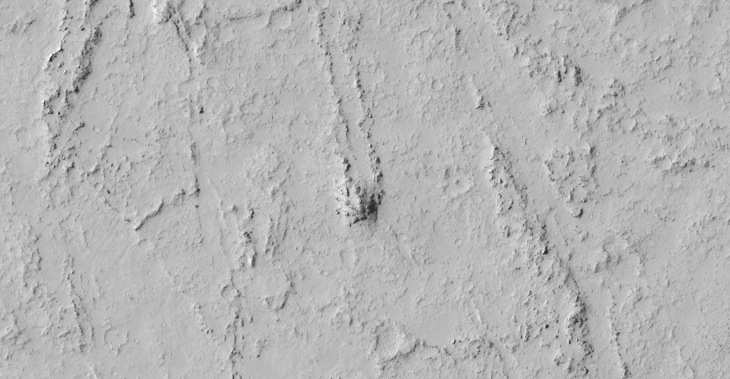
Original NASA sources:
https://www.uahirise.org/PSP_003663_1775
https://www.uahirise.org/PSP_007777_1790
Wikipedia source (massive flooding):
https://en.wikipedia.org/wiki/Athabasca_Valles
My YouTube video featuring ‘Giant ‘Horseshoe Crab’ Remnants Found East of InSight Lander on Mars:’
Subscribe to my YouTube channel and turn on Notifications to receive updates when I upload new video’s.
Links to all my other sites:
https://www.youtube.com/JeanWard (Mars anomalies)
https://mars.raptorzone.co.za (Mars anomalies)
http://www.raptorzone.co.za (my website)
http://wxsat.raptorzone.co.za (weather satellites)
https://twitter.com/raptorzn_ (@RaptorZN_)
https://www.facebook.com/JeanWardMarsAnomalies (Facebook)
http://blog.raptorzone.co.za (social and political issues)
Disclaimer:
Images saved from within HiView or CTX viewer do not include image scale indicators. The image scale indicators I include in images are based on the official resolutions provided by NASA and although I strive to be as accurate as possible there may be slight deviations from the actual scale. Image scale indicators are included as a size approximation tool only.
Geometry lines are mapped as accurately as possible using the limited information, data and mapping tools available at the time, therefore the lines may deviate from target sites by a few kilometres. Revisions may be made in the future as new, more precise information, data and mapping tools become available.
Many or all of the anomalies/artefacts covered in this presentation may be naturally occurring geological features caused by some type of geological processes, however due to the lack of specific information from the source we can only speculate whether these are all natural or some artificial in nature.
In cases where I say an anomaly looks like something I’m attempting to clarify what I see and not specifically that the anomaly is what I say it looks like.
My intention is only to share anomalies I’ve discovered on Mars and not to convince anyone that there is or was a civilization on Mars.
As Will Farrar from WhatsUpInTheSky says: “I see what I see, you see what you see.”
